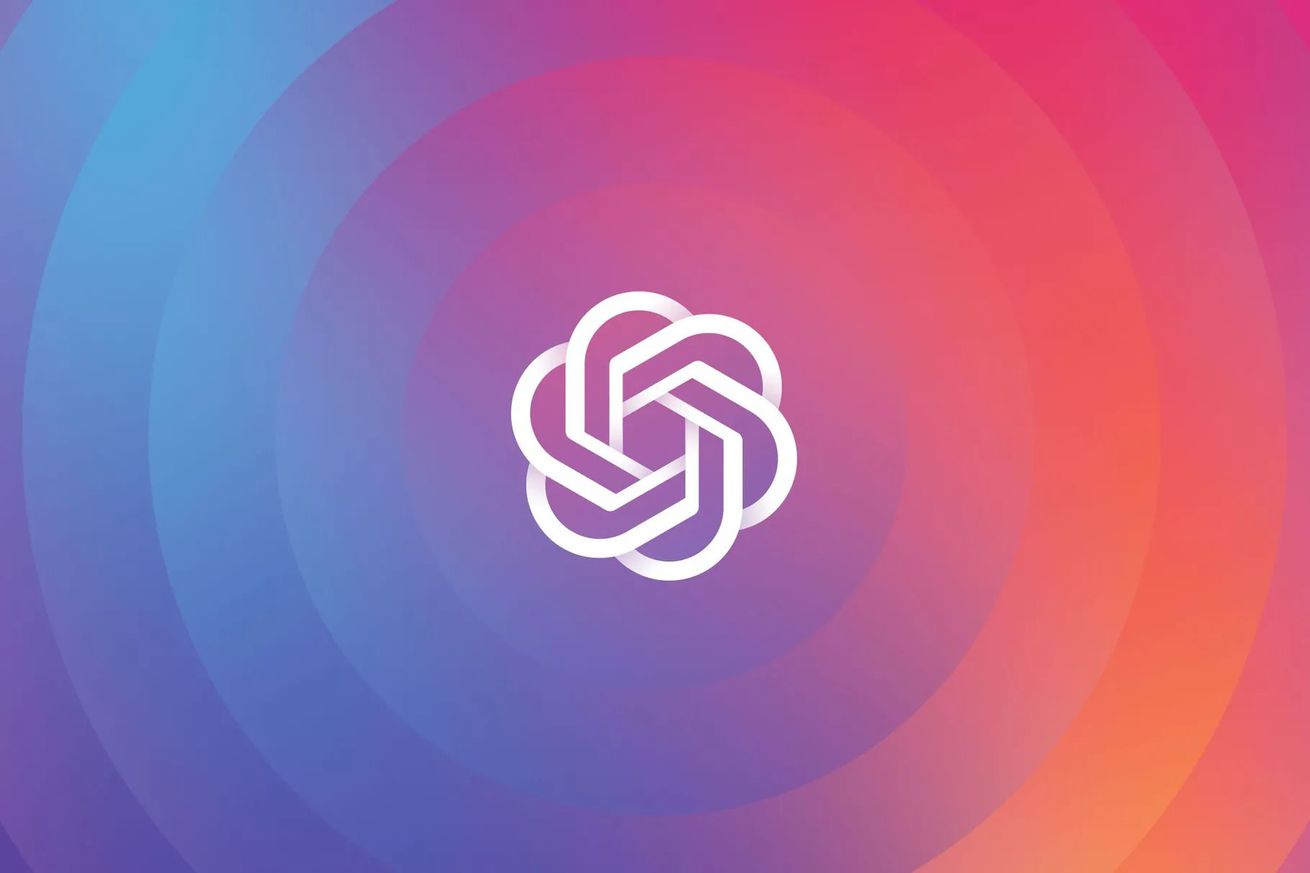
ChatGPT’s creator made a free tool for detecting AI-generated text
OpenAI, the company behind DALL-E and ChatGPT, has released a free tool that it says is meant to “distinguish between text written by a human and text written by AIs.” It warns the classifier is “not fully reliable” in a press release and “should not be used as a primary decision-making tool.” According to OpenAI, it can be useful in trying to determine whether someone is trying to pass off generated text as something that was written by a person.
The tool, known as a classifier, is relatively simple, though you will have to have a free OpenAI account to use it. You just paste text into a box, click a button, and it’ll tell you whether it thinks the text is very unlikely, unlikely, unclear if it is, possibly, or likely AI-generated.
In tests, it identified 26 percent of AI-written text as “likely AI-written”
In its press release, OpenAI says it trained the model powering the tool using “pairs of human-written text and AI-written text on the same topic.”
It does, however, offer quite a few warnings about using the tool. Above the text box, the company notes some limitations:
Requires a minimum of 1,000 characters, which is approximately 150 – 250 words.
The classifier isn’t always accurate; it can mislabel both AI-generated and human-written text.
AI-generated text can be edited easily to evade the classifier.
The classifier is likely to get things wrong on text written by children and on text not in English, because it was primarily trained on English content written by adults.
The company also says it’ll sometimes “incorrectly but confidently” label human-written text as being from an AI, especially if it’s very different from anything in the training data. It makes it clear that the classifier is still very much a “work-in-progress.”
Those caveats seem warranted — I ran a few snippets of my own work through the tool, and it marked them all as “very unlikely AI-generated.” (Fooled ‘em again.) However, it also said it was unclear if this Buzzfeed News article was written by an AI, despite the notice at the bottom that reads, “This article was written entirely by ChatGPT.”
I also got an “unclear” result for some articles written by CNET Money, with others getting an “unlikely” classification. The outlet says these articles were “assisted by an AI engine and reviewed, fact-checked and edited by our editorial staff,” so there are likely some human tweaks in there (especially since CNET has added corrections to over half of them). While CNET’s owner hasn’t said which specific system it’s using for the articles, my co-worker Mia Sato has reported that it’s used a tool called Wordsmith for some of its content. OpenAI says its tool isn’t just for GPT, though, and that it should detect “text written by AIs from a variety of providers.”
I don’t mean to imply that OpenAI’s classifier doesn’t work at all. I ran some examples of ChatGPT responses that people have posted through it, and it marked most of them as “possibly” or “likely” AI-generated. OpenAI also says in its tests the tool labeled AI-written text as “likely AI-written” 26 percent of the time and gave false AI detections 9 percent of the time, outperforming its previous tool for sniffing out AI-detected text.
OpenAI isn’t the first to come up with a tool for detecting ChatGPT-generated text; almost immediately after the chatbot went viral, so, too, did sites like GPTZero, which was made by a student named Edward Tian to “detect AI plagiarism”
One place OpenAI is really focusing on with this detection tech is education. Its press release says that “identifying AI-written text has been an important point of discussion among educators,” as different schools have reacted to ChatGPT by banning or embracing it. The company says it's “engaging with educators in the US” to figure out what they see from ChatGPT in their classrooms and is soliciting feedback from anyone involved in education.

